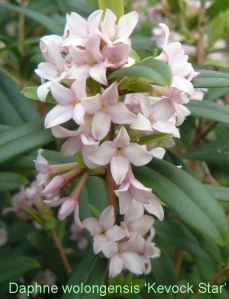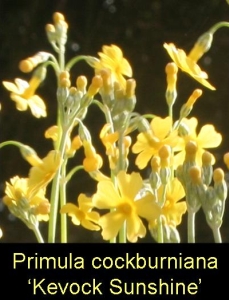Why use Latin names for plants?
The Latin names we use for plants can seem to be off-putting, obscure, some even say elitist. Why do
we persist in using them?

We use them because we have to – usually there are no others. Garden varieties may have English names,
such as Delphinium ‘Blue Spire’ or Daphne ‘Kevock Star’. But for most species, and particularly
for more unusual ones, of which we offer very many, there isn’t an English name. We could make them up –
but what use would that be, beyond the confines of our catalogues? You couldn’t look for the plants in other
catalogues, or for information on the web or in a library, or even talk about them with other people.
The names given to plants, and all other living things, are bound by international rules, which ensure
accuracy and consistency when sharing information. Latin is a fair choice of language: or rather, as
nobody speaks it, it is equally unfair!
Of course, there are English names that are generally accepted, but even those may be quite local.
A bluebell in England means one thing, in Scotland (sometimes) another, and in Australia it is different
again. A cowslip is a widespread and loved plant in Britain, but in the rest of Europe the name is not
used at all. There is also the so-called Tibetan cowslip, while in North America there is the Virginia
cowslip, something completely different that is also sometimes called the Virginia bluebell! But when you
know a plant by its accepted English name, you may want to look for it in our catalogue. So, increasingly,
we are referring to these English names somewhere in the plant descriptions. You can then use the Google
search engine on the mail order page, or on our home page, to check our entire web site for every
reference to that name. Try cowslip or bluebell.

It will take us a while to get all the names included – there are about ten thousand plants in our
database – but if you notice something that is missing, let us know. We don’t want you to be disappointed.
Every wild plant or animal has two names, first the genus and then the species.
There may then be further names, perhaps of a variety or sub-species (in which case the extra name is Latin),
or it may be a cultivated variety or strain, (with the extra name(s) in English or another language,
depending on who named it). Names of cultivated plants have capital letters, and are written in single
quotes, as in Primula cockburniana 'Kevock Sunshine'. And the Latin parts of names are by convention
written in italics. But in most of our catalogue we haven't done this - because it's a big job, and there are
more important things to do.

